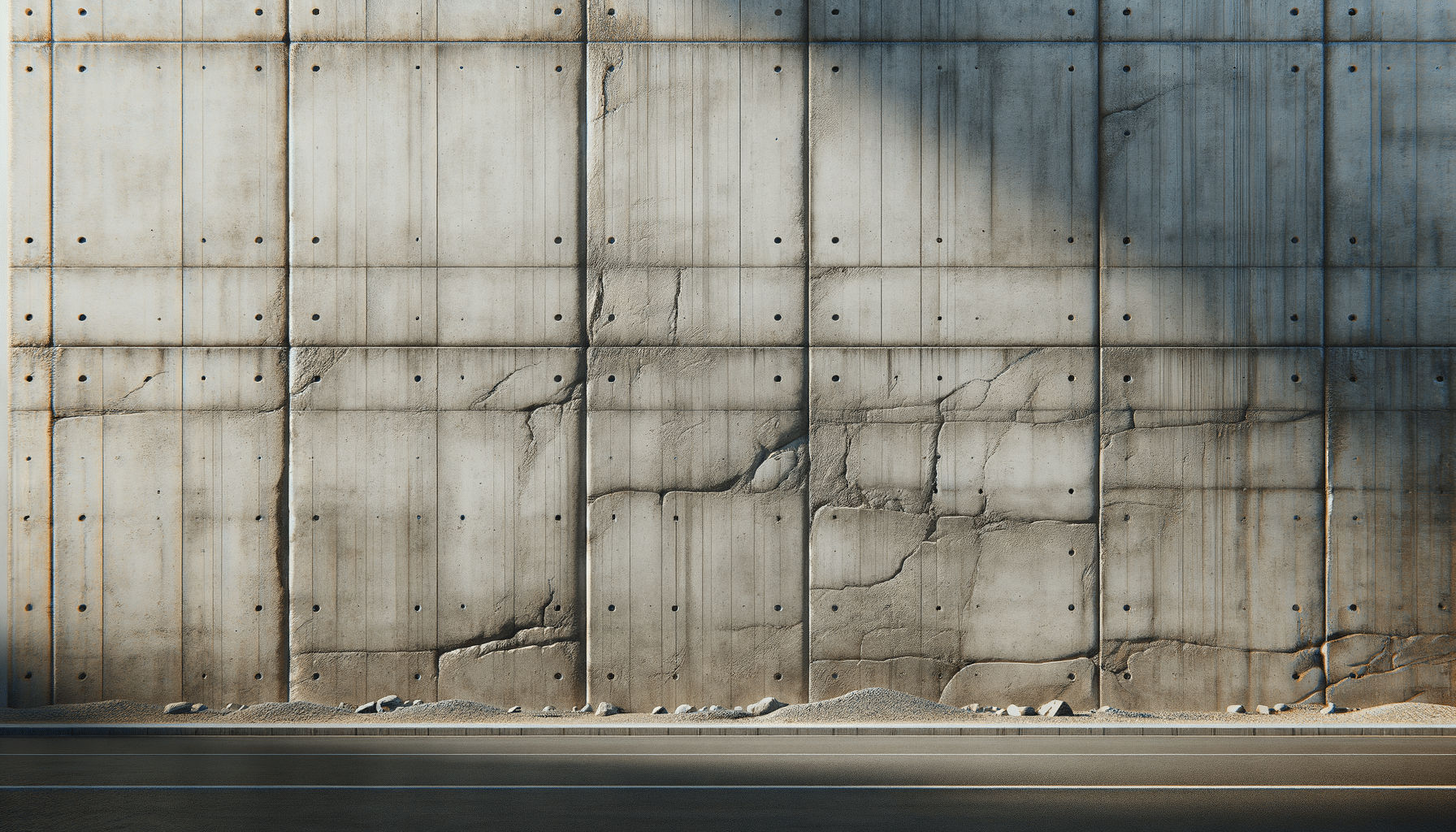
Professional Guide to Concrete Crack Repair: Methods and Solutions
Understanding Concrete Cracks
Concrete, despite its strength and versatility, is not impervious to cracking. Understanding the nature of concrete cracks is essential for effective repair. Cracks can occur due to various reasons including thermal expansion, shrinkage, and external loads. Identifying the type of crack is crucial in determining the appropriate repair approach. Some common types of cracks include hairline cracks, which are thin and shallow, and structural cracks, which can compromise the integrity of the structure.
Hairline cracks are often a result of shrinkage as the concrete cures and are typically non-structural. However, they can allow water to penetrate, leading to other issues such as corrosion of reinforcing steel. Structural cracks, on the other hand, are usually wider and can indicate significant underlying problems such as settlement or excessive loads. These cracks require immediate attention to prevent further damage.
In summary, recognizing the type of crack is the first step towards a successful repair. Each type requires a tailored approach to ensure the longevity and safety of the concrete structure.
Methods for Concrete Crack Repair
Once the type of crack is identified, the next step is selecting the appropriate repair method. There are several techniques available, each suited for specific crack types and conditions. Common methods include epoxy injection, routing and sealing, and stitching. Epoxy injection is highly effective for repairing structural cracks. This method involves injecting an epoxy resin into the crack under pressure, which bonds the crack surfaces and restores structural integrity.
For non-structural cracks, routing and sealing is a preferred method. This involves enlarging the crack and filling it with a sealant that prevents moisture ingress. Stitching, another technique, involves drilling holes on both sides of the crack and inserting metal staples to hold the crack together.
Each method has its advantages and limitations, and the choice depends on factors such as crack width, depth, and the environment. Proper preparation and application are crucial to the success of the repair.
Materials Used in Crack Repair
The choice of materials is as important as the method used for repair. Epoxy resins, for instance, are widely used for their strong adhesive properties and ability to restore the structural integrity of cracked concrete. Polyurethane, on the other hand, is flexible and ideal for sealing joints and non-structural cracks.
For routing and sealing, elastomeric sealants are preferred due to their flexibility and ability to accommodate movement. These materials are designed to bond with the concrete and provide a watertight seal. In some cases, cementitious materials are used, especially in situations where a rigid repair is needed. These materials are compatible with concrete and provide a durable solution.
Choosing the right material involves considering the nature of the crack, environmental conditions, and the intended use of the structure. A well-informed choice ensures the effectiveness and durability of the repair.
Precautions and Considerations
Repairing concrete cracks requires careful planning and execution. It is important to assess the cause of the crack before proceeding with repairs. Addressing the root cause can prevent recurrence and ensure a long-lasting repair. For instance, cracks caused by settlement may require more than just crack repair; the foundation may need stabilization.
Environmental conditions play a significant role in the repair process. Temperature and humidity can affect the curing time and adhesion of repair materials. It is crucial to follow manufacturer guidelines and ensure that repairs are carried out under suitable conditions.
Safety is another important consideration. Proper protective gear should be worn during repair activities to prevent exposure to harmful chemicals and dust. Additionally, structural assessments should be conducted by qualified professionals to ensure the safety and stability of the structure.
Conclusion: Choosing the Right Solution
Concrete crack repair is a vital process that ensures the durability and safety of concrete structures. By understanding the types of cracks, selecting the appropriate repair method, and using the right materials, effective repairs can be achieved. It is equally important to consider environmental factors and safety precautions during the repair process.
Ultimately, the goal is to restore the structural integrity and aesthetic appeal of concrete surfaces. Whether dealing with minor hairline cracks or major structural issues, a well-executed repair can significantly extend the life of a concrete structure. Investing time and resources in understanding and addressing concrete cracks pays off in the long run, providing peace of mind and maintaining the value of the property.


